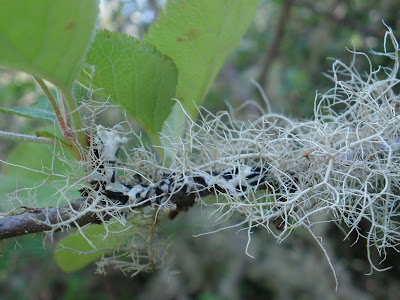 |
| The matching Saxon Braid Cap and Scarf |
This happened earlier this year, when I was knitting some cabled hats with the Saxon Braid cable pattern around the rim. I wanted to make a scarf pattern to match the hat pattern I had designed, but I really, really dislike making scarves that are not presentable on both sides. As most knitters are aware, most cable patterns look totally different on the back. And the Saxon Braid pattern was no exception.
There is a technique for making reversible cables which do look the same on front and back--it involves working the cable over twice as many stitches, and working the cable stitches in a k1, p1 rib. The cable is twisted in the normal manner (for example, a 4-stitch reversible cable is worked over 8 stitches, with four stitches crossed over 4). When the fabric is knitted, the knit stitches pull to the front of the work, and the purls pull to the back, and you have a knitted cable on each side of the fabric.
 |
| A typical reversible cable utilizing k1p1 rib |
One day, as I was knitting a Saxon Braid Cap, I happened to notice something on the back of the fabric that piqued my interest. An idea was born--and I soon found myself knitting a reversible scarf with the Saxon Braid pattern on one side, and a slightly different interlaced pattern on the other. Woohoo!!
 |
| The Saxon Braid pattern is on the right; the interlaced pattern is on the left. |
I hope to soon have some of these scarves listed in my Etsy shop, as well.


















































